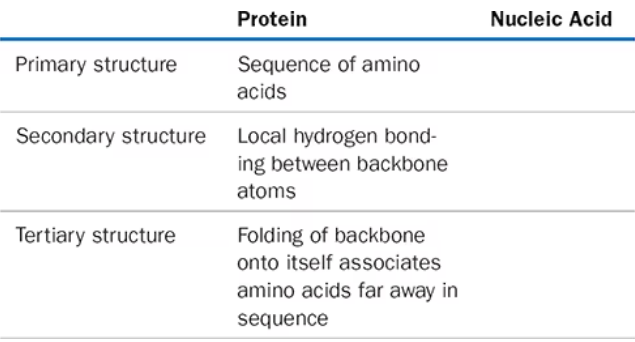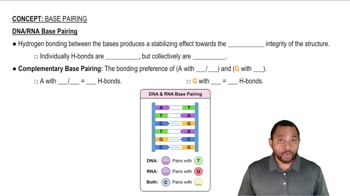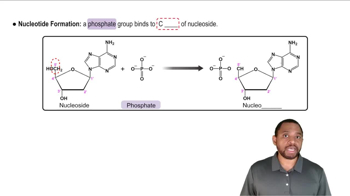Write the complementary base sequence for each of the following DNA segments:
c. G G C C T A C C T T A A C G A C G

 Verified step by step guidance
Verified step by step guidance Verified video answer for a similar problem:
Verified video answer for a similar problem:



 2:56m
2:56mMaster Base Pairing Concept 1 with a bite sized video explanation from Jules
Start learning